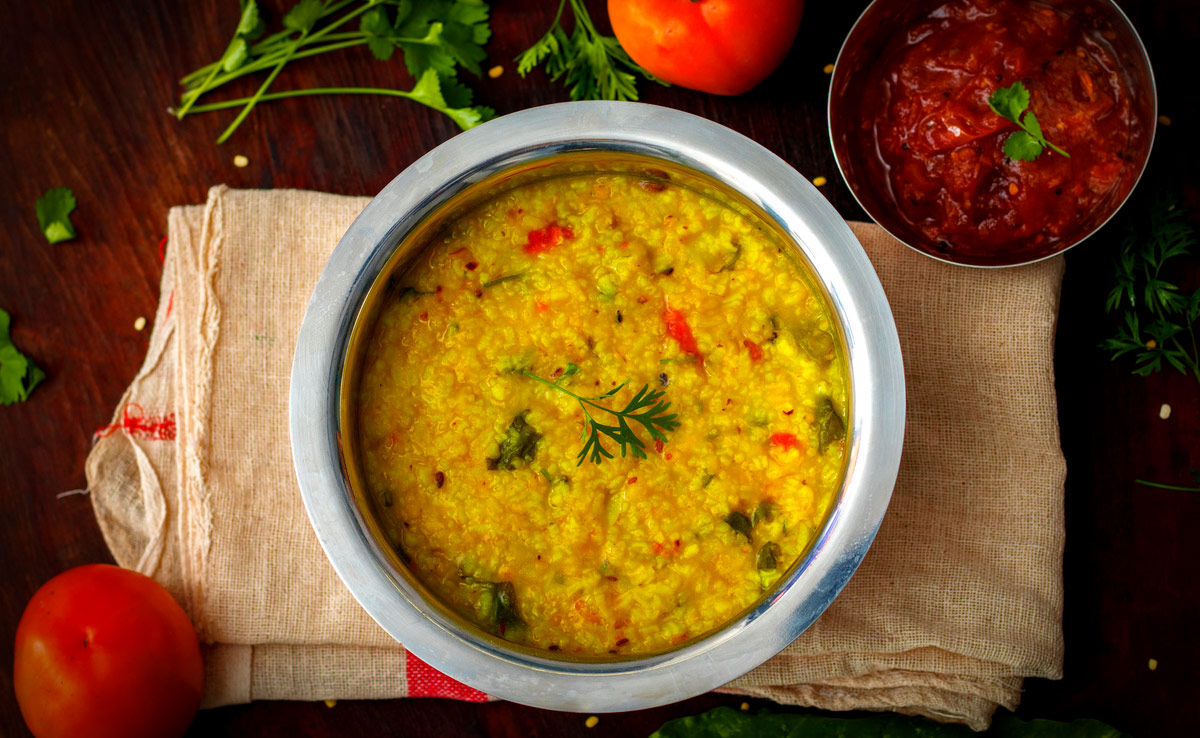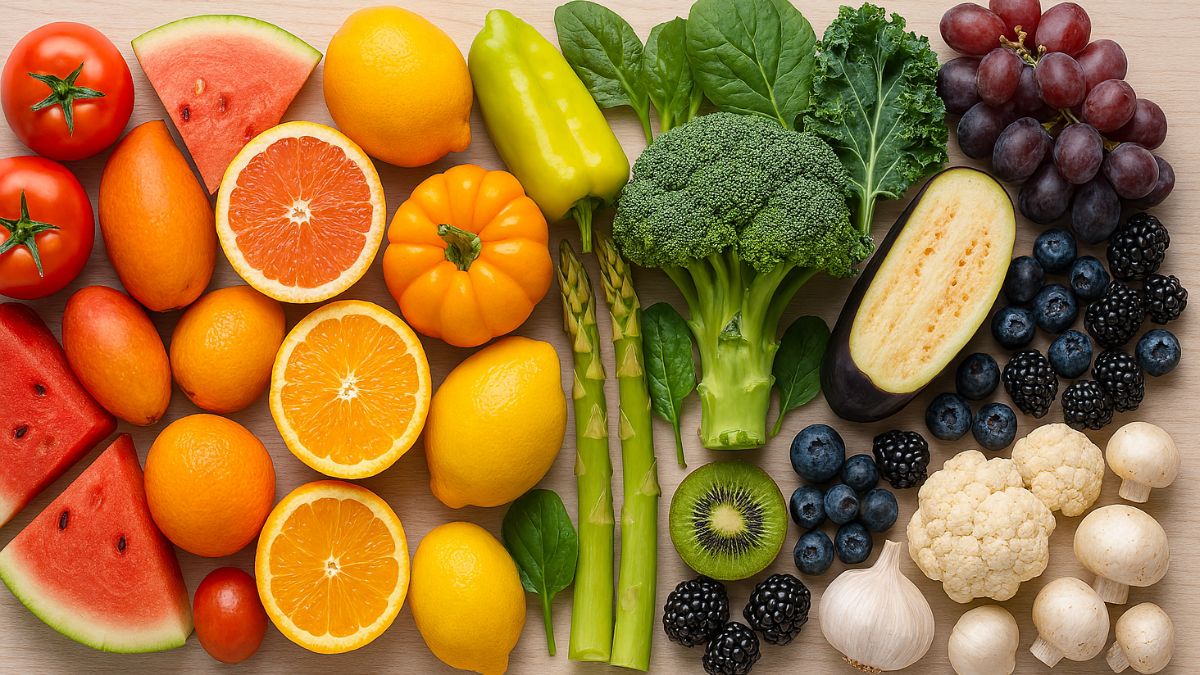When it comes to soothing our stomachs, two popular Indian dishes often come to mind: khichdi and pulao. Both are comforting and delicious, can easily be made at home, and can even be ordered via an online food delivery platform. But if you're looking for a gentle option to ease digestive discomfort, you might wonder which one is the better choice. Is it khichdi, with its simple and bland ingredients, or pulao, with its rich flavours and spices? Let's take a closer look at both dishes and find out which one is easier on the stomach and better for digestive health. By understanding the differences between khichdi and pulao, you can make an informed decision about which dish is best when your stomach needs some care.
Also Read: 7 Mistakes That Always Turned My Khichdi Too Mushy. Here's How I Fixed Them

Photo Credit: iStock
What Are The Health Benefits Of Khichdi?
- Easy To Digest: Khichdi is a simple and gentle dish on the digestive system, making it perfect for people with sensitive stomachs or those recovering from illness. According to Ayurveda, khichdi is considered a 'tridoshic' food, meaning it balances all three doshas and is easy to digest.
- High In Fibre: The lentils and rice in khichdi provide a good amount of fibre, which can help regulate bowel movements. According to the National Institutes of Health, a diet rich in fibre can foster the growth of beneficial gut bacteria, leading to a balanced and healthy gut microbiome.
- Rich In Protein: Khichdi is a good source of protein, especially when made with lentils like moong dal or toor dal, which can help build and repair muscles. Protein-rich foods like lentils can also help support weight management and satiety.
- Good For Gut Health: The slow-cooked process of khichdi helps break down complex carbohydrates, making it easier for the body to absorb nutrients and support gut health. This cooking process can also increase the bioavailability of nutrients.

Photo Credit: iStock
What Are The Health Benefits Of Pulao?
- Rich In Antioxidants: Pulao made with a variety of vegetables and spices can be rich in antioxidants, which help protect the body against free radicals and oxidative stress. According to NIH, antioxidant-rich foods like fruits and vegetables can help reduce oxidative stress.
- Supports Healthy Digestion: Certain spices used in pulao, like cumin and coriander, have digestive properties that can help alleviate symptoms of indigestion and bloating. Cumin seeds, in particular, may help stimulate digestive enzymes and improve digestion.
- Good Source Of Energy: Pulao is a good source of carbohydrates, which can provide energy for the body and support physical activity. Complex carbohydrates, like those found in brown rice, can also help sustain energy levels over a longer period.
- May Help Reduce Inflammation: Some ingredients used in pulao, like turmeric and ginger, have anti-inflammatory properties that may help reduce inflammation and reduce symptoms of chronic diseases.
So, Which One Is Better For Digestion? Khichdi Or Pulao?
When it comes to gentleness in digestion, khichdi is the clear winner. The simple composition and slow-cooked process of khichdi make it an ideal food for people with sensitive stomachs or those recovering from illness. Khichdi's gentle nature allows for easy breakdown and absorption of nutrients, reducing the risk of digestive discomfort. While pulao can be a nutritious and delicious option, its varied ingredients and spices may make it slightly more challenging for digestion. So, if you're looking for a gentle and comforting meal, khichdi might be the better choice.
Also Read: From Khichdi To Kedgeree: How India's Comfort Food Became A British Breakfast Classic
Tip To Make Perfect Khichdi At Home:
To ensure khichdi turns out perfectly, follow these tips:
- Use the right ratio of rice to lentils (usually 1:1 or 2:1).
- Soak the rice and lentils for 30 minutes before cooking.
- Cook on low heat, stirring occasionally, to prevent burning.
- Add sufficient water or broth to achieve a creamy consistency.
- Season with spices and herbs according to your taste preferences.
When enjoying these Indian dishes, whether cooking at home or ordering through an online food delivery app, be conscious of portion sizes to support digestive well-being.
Disclosure: This article may contain links to third-party websites or resources. However, this does not affect the integrity of the content, and all recommendations and views are based on our independent research and judgment.






